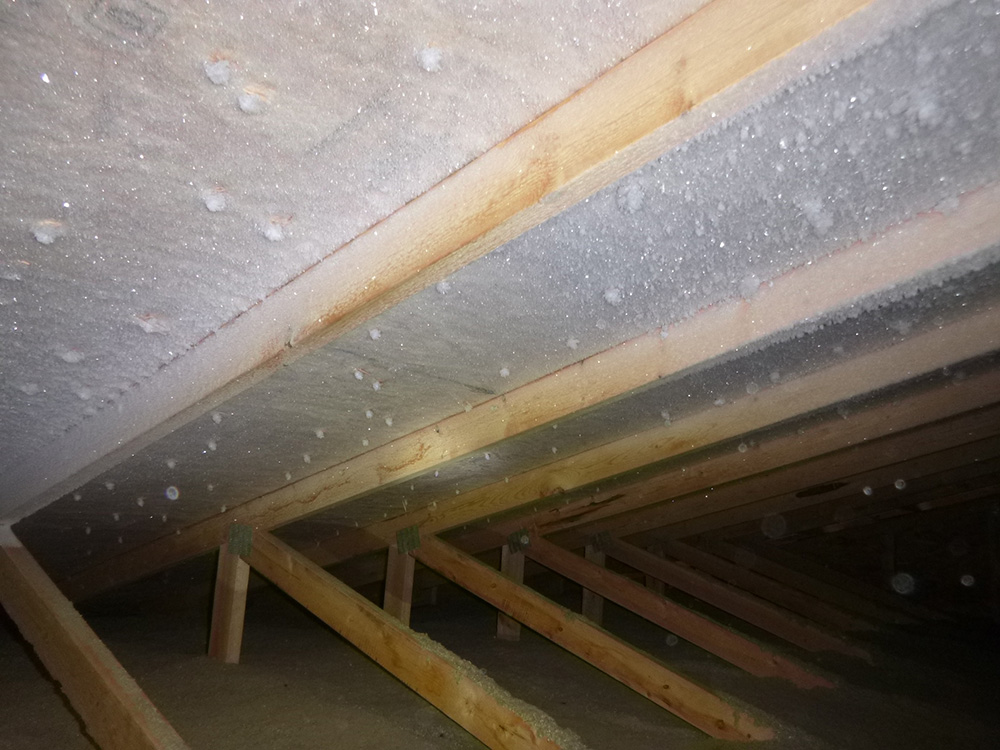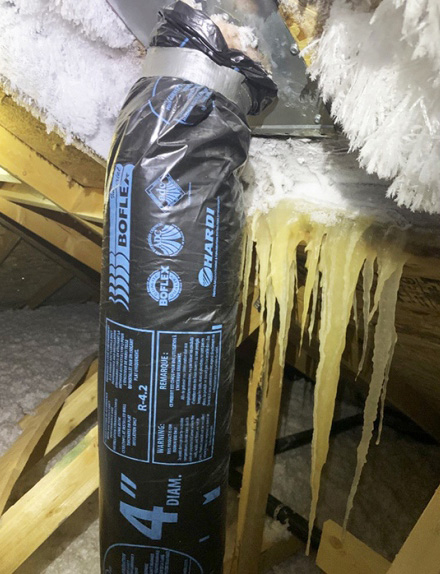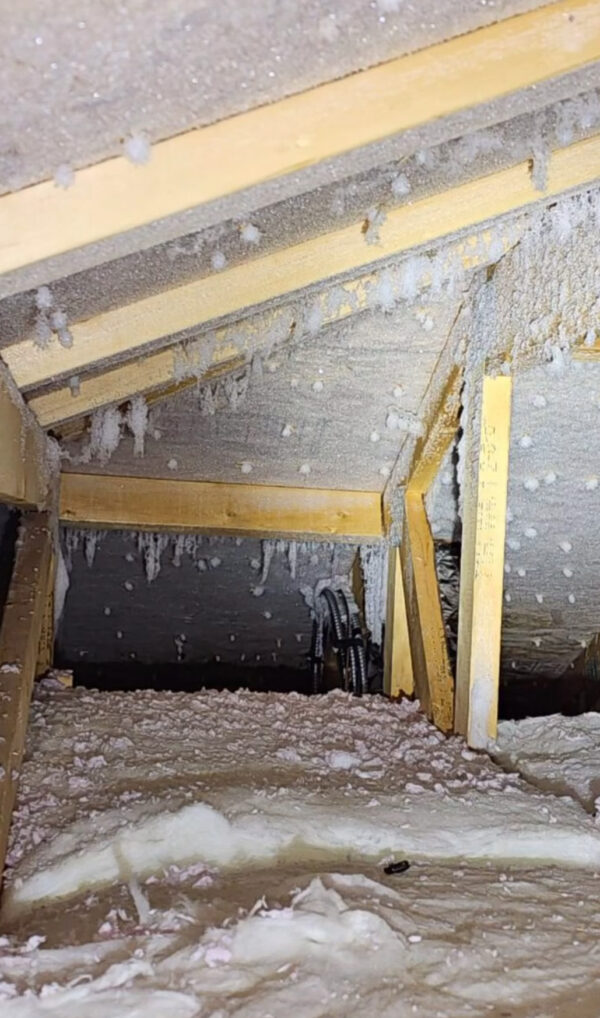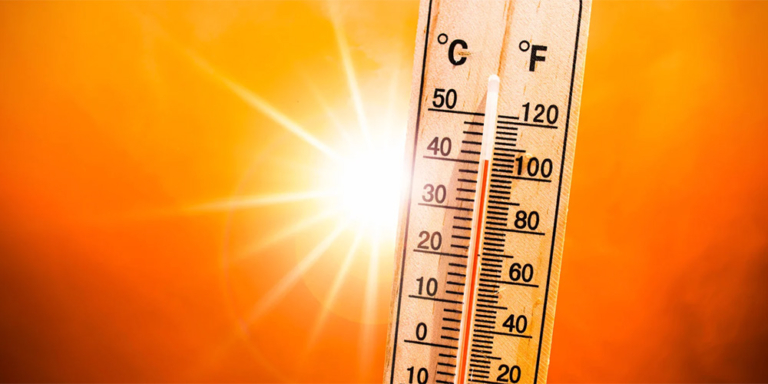Alberta has been hit with wide fluctuations in winter temperatures–from the record tooth-splintering cold in mid-January to short and sandals weather this past week.
The weather is bipolar, and then some!
Not only are the drastically changing temperatures hard on trees and wildlife, but the extreme temperature swings can cause a phenomenon known as “attic rain” to damage our homes.
This phenomenon, often mistaken for roof leaks, is a growing concern among homeowners and experts alike.
Raining from the Rafters
Cody Sager, a roofing technician with Calgary Elite Roofing, and his team have responded to over 30 calls in just one week from worried residents in Calgary.
The issue arises when temperatures soar rapidly from extreme colds of around -30 or -40 degrees to a positive five degrees within a couple of days.
Humidity that initially got into the attic freezes when it is cold, and then when things warm up, the dripping begins.
“It starts by a small drip or some staining and could even be pouring water into the basement through the walls,” Sager explains.
The root cause of attic rain is excess humidity and not a roof leak.
Sager notes, “People think that it’s the roof leaking. They don’t understand that it’s a condensation issue.”
He elaborates that extended cold periods, coupled with indoor activities like cooking and children playing, contribute to increased humidity in the home.
This excess moisture, unable to escape, condenses and freezes in the attic, only to melt and leak later, leading to considerable damage.
Interestingly, attic rain is more common in newer homes built in the last two decades.
Sager shares insights from an engineer who pointed out that older, less well-insulated homes “leak air from every corner,” hence avoiding such condensation issues due to less airtight construction.


Get a Handle on Humidity


Jaclyn St. Louis, a lead home inspector with Twenty20 Master Home Inspections, emphasizes the importance of preventative measures.
She advises, “When it is getting extremely cold… that’s the time you really want to make sure your humidifier is down.”
Turning down the humidifier to 10% or even shutting it off is crucial to prevent excess humidity.
As well it’s also important to vent excess humidity from bathrooms when showering or kitchens when cooking.
Homeowners can quickly identify abnormal humidity levels by checking for window condensation.
If your windows are condensing, chances are good your roof rafters are wet.
Owner and General Manager of Home Smarts Pete Maisonneuve even suggests cracking a window during cold spells, which “will truly make a world of difference” by quickly eliminating humidity.
Be Proactive


Ignoring the problem is ill-advised.
St. Louis warns that humidity is “going to simulate roof leaks and cause issues and can cause damage inside the home if you’re not on it.”
For those unsure about their home’s potential to develop attic rain, seeking expert advice is crucial.
Metal roofed houses are also more susceptible to the problem because metal conducts cold and heat faster than wood and shingles.
Regular attic or roof inspections are recommended to check ventilation, identify weak points in vapour barriers and insulation, examine ducting, and ensure humidity levels are appropriate for external temperatures.
Vapour barriers to prevent humidity from entering the attic, plus proper insulation to prevent heat loss, are critical to prevent the problem, as is proper attic ventilation to take away any moisture that escapes the house into the attic.
Alberta may be in a severe drought, but attic rain is NOT the solution we’re looking for!






